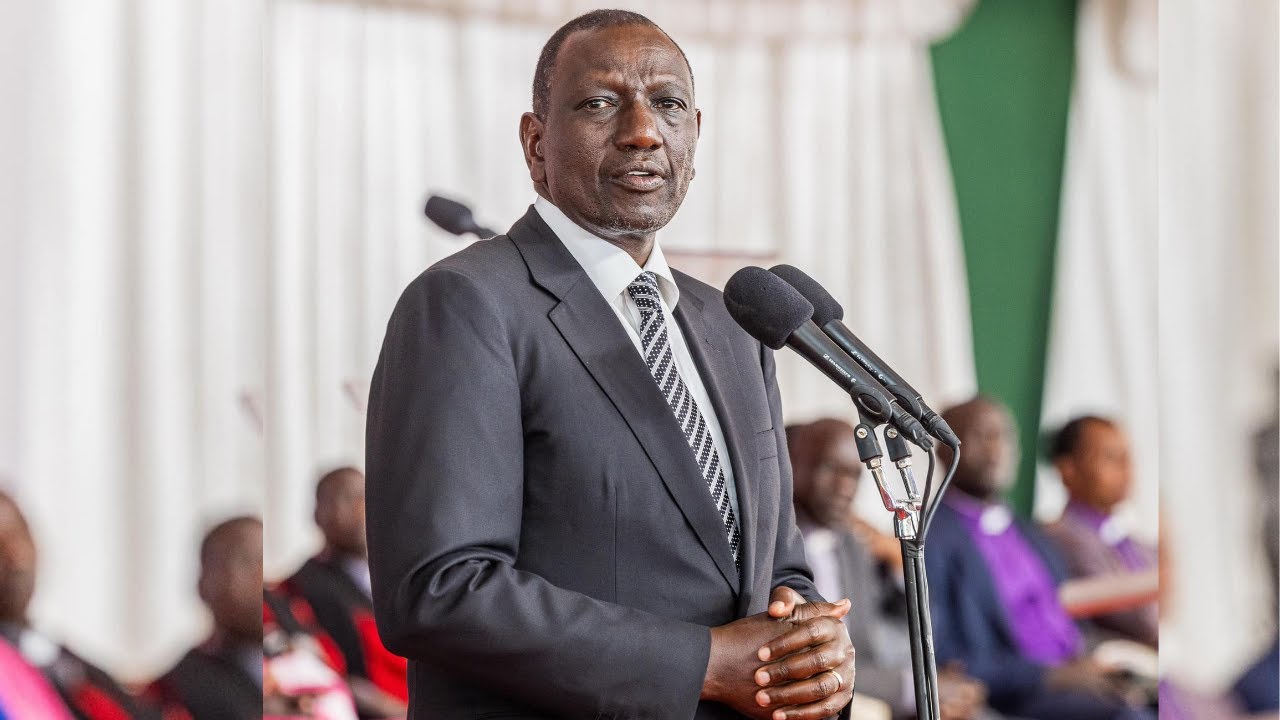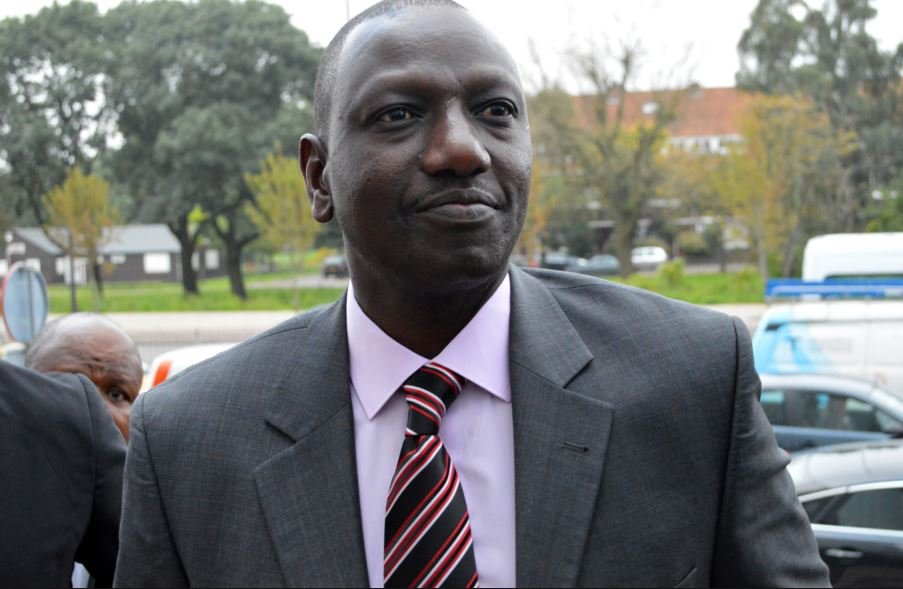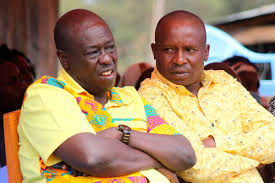Cuba buries Castro, launching post-Fidel era
Cuban President Raul Castro entombed the ashes of his late brother Fidel inside a round granite boulder on Sunday, opening a new era without the revolutionary leader who ruled the island for decades.
Castro placed a cedar urn inside the tall monolith near the mausoleums of the 19th-century independence icon Jose Marti and comrades of Fidel’s rebellion in the eastern city of Santiago de Cuba.
Capping a week of massive tributes, a simple, dark green marble plaque bearing just his first name — “Fidel” — was placed over the niche at the Santa Ifigenia cemetery.
Raul Castro gave a military salute at the private ceremony attended by his family and some foreign dignitaries, including Latin American allies from Venezuela, Bolivia and Nicaragua, official photos showed.
“There were no speeches. It was very simple. There were just the ashes that were interred, the family, the government and officials,” French Environment Minister Segolene Royal — criticized in her country for defending Castro’s human rights record — told AFP after the hour-long funeral.
Castro, who died on November 25 at age 90, was revered by supporters for the free health care and education he provided across the island, but vilified by dissidents who saw him as a brutal dictator.
After keeping the public and media at bay, the cemetery opened and mourners lined up to leave white roses and other flowers inside marble vases behind a small iron gate in front of the granite boulder.
“He guided us, taught us, gave us free medicine, gave us everything for free, including schools,” said Grisela Corona, a self-employed mother of three. “I am completely grateful to him and the revolution.”
The burial marked the end of nine days of national mourning during which Cubans, often encouraged by the government, flooded the streets to pay tribute to Castro, chanting “I am Fidel!” as his ashes were driven across the Caribbean country.
As a military jeep brought the urn to the ceremony, thousands who lined the streets of Santiago shouted “viva Fidel!”
On Saturday night, Raul Castro led a final rally in his brother’s honor at Santiago’s Revolution Plaza, leading the crowd in a pledge to uphold socialist ideals.
“In front of Fidel’s remains… we swear to defend the Fatherland and socialism,” he said.
Fidel Castro remained a towering figure in Cuba a decade after intestinal surgery forced him to hand power to his younger brother.
Although the boulder became an instant monument, Raul Castro said the national assembly will fulfill his brother’s dying wish to forbid any statues in his memory or streets named after him.
“The leader of the revolution rejected any manifestation of a cult of personality,” he said.
Crowds held an all-night vigil at Santiago’s Revolution Plaza, reading poems and holding pictures of the late leader before his morning funeral.
“For me, Fidel is a second god and his death has hurt me a lot,” said 59-year-old restaurant worker Daisy Vera Ramirez.
The government nurtured the religious-like fervor, with state media calling Castro the “eternal comandante.”
During the past week, Cubans were urged to go to schools and other public buildings to sign an oath of loyalty to his revolution.
Fidel Castro came to national prominence launching a botched raid on the Moncada military barracks on July 26, 1953, planting the seed of the revolution that eventually triumphed in 1959.
After taking power, he became an ally of the Soviet Union and a thorn in the side of successive US presidents until illness forced him to relinquish power to his brother in 2006.
Raul Castro, 85, has implemented modest economic reforms in recent years, restored diplomatic relations with the United States and vowed to step down in 2018.
“No longer under the shadow of his older brother, Raul may now feel freer to pursue the modest economic reforms he initiated in the last decade,” said Jorge Duany, director of the Cuban Research Institute at Florida International University.
Although US President Barack Obama has chipped away at the trade and travel restrictions of a decades-long American embargo on Cuba, foreign companies still face obstacles to investing there.
Food supplies are tight and public services are being cut back while Cuba’s key socialist ally Venezuela, which has been providing Cubans with cheap oil, endures a political and economic crisis.
That is compounding pressure on Castro to pick up the pace of reforms to kick-start the economy and ensure a smooth transition to his successor in 2018, says Ted Piccone of the Washington-based Brookings Institution think-tank.
Vice President Miguel Diaz-Canel, relatively young at 56 and outside the circle of revolution veterans, is in line to succeed Raul Castro.
But although Castro is gone from the scene, his legacy will not vanish overnight.
“Given his outsized impact on Cuba and the region, it’s not really goodbye,” Piccone said. “His memory will cast a shadow over Cuba for a long time.”


